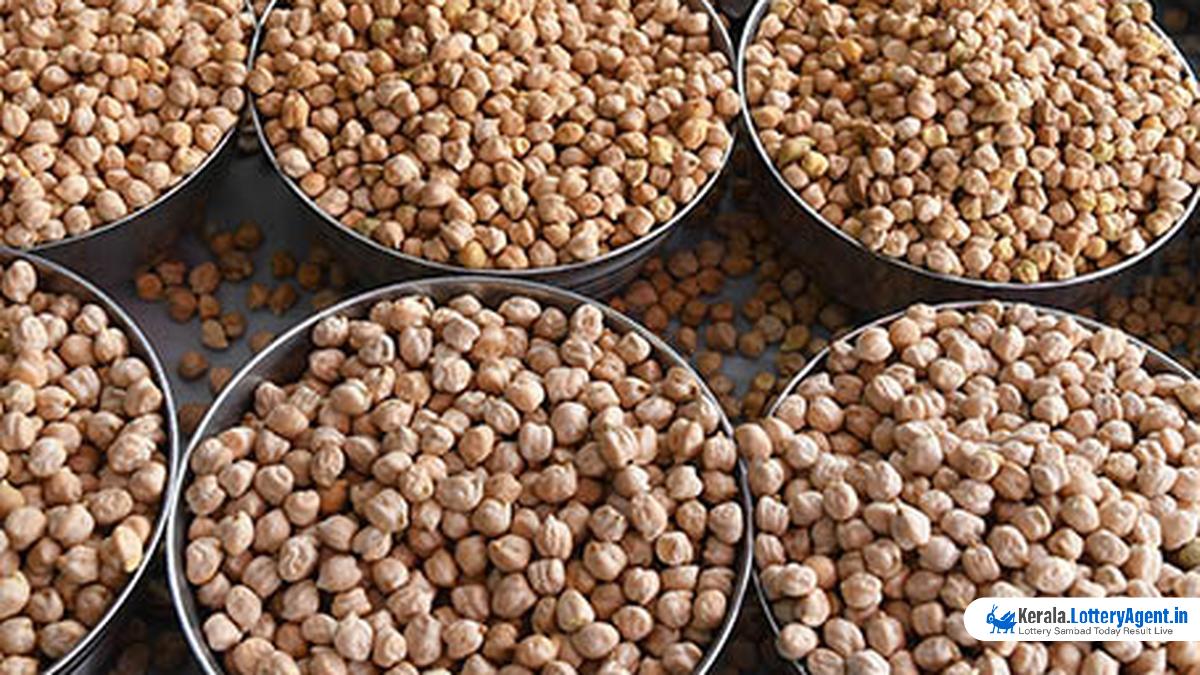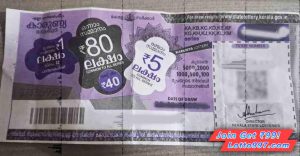
In a surprising twist for India’s legume market, industry insiders have disclosed that the country’s recent move to permit duty-free imports of chickpeas is unlikely to alleviate local price pressures. Despite the fact that record imports are anticipated, they won’t substitute for the significant decrease in domestic production. Consequently, Indian purchasers are turning their attention to the less costly alternative of yellow peas. With the government’s approval for duty-free imports of this substitute, market trends are shifting.
Chickpeas, or chana, are integral to Indian cuisine and have seen their prices surge to an all-time high of ₹ 65,103 per ton last week, marking a sharp 33% increase over the previous year. As chickpeas represent roughly half of the pulse production in India, their pricing impacts a broad consumer base.
Limited availability on the global market is pushing India into a corner, necessitating a pivot towards imports of yellow peas, which are in abundant supply internationally. Bimal Kothari, chairman of the India Pulses and Grains Association (IPGA), presented a sobering view: “Even if we assume that India buys all available chickpea supplies from Australia, Tanzania, and other countries, it won’t be more than 2,50,000 metric tons.” He emphasized that this volume is minuscule when compared to the production deficit India is facing.
The estimates for India’s chickpea production this year run parallel to last year’s numbers at 12.27 million tons, according to government forecasts. Yet, industry experts are far more pessimistic, anticipating a decline in production of around 25%. This pessimism stems from the reduction in cultivation areas and yield losses brought on by adverse climatic conditions.
Nitin Kalantri, a pulses trader from Latur, observed that the market is receiving nearly a third less supply from the new season’s crop, a clear sign of dwindling production. Further compounding the issue, imported chickpeas bear an even heftier price tag after Australian suppliers hiked up prices in reaction to India’s new duty-free import policy. In fact, Australian chickpea prices jumped from about A$900 last week to over A$1,100 a ton this week, fueled by the prospect of Indian demand.
In Mumbai, a dealer associated with a global trade house revealed that Indian buyers are refraining from signing new contracts for chickpea imports due to lack of cost-effectiveness. The dealer elucidated, “There is no import parity in chickpeas. Instead, traders are importing yellow peas, which are cheap and used as substitutes for chickpeas.”
India’s decision last week to also permit the duty-free importation of yellow peas until October 31, 2024, has opened a new avenue for traders. Predominantly sourced from nations like Canada, Russia, and Turkey, yellow peas are much more pocket-friendly than chickpeas, costing about half as much. This significant price disparity, combined with their abundant availability worldwide, has incentivized Indian buyers to ramp up their yellow pea imports, as pointed out by Kothari.
Thus, while the government’s efforts to mitigate the rising cost of chickpeas through duty-free imports were well-intentioned, the market has not reacted as hoped. As it turns out, with the substantial gap between domestic chickpea production and demand, and the hefty prices of imported chickpeas, Indian consumers and traders have been compelled to alter their strategies and opt for the more affordable and accessible yellow peas.












